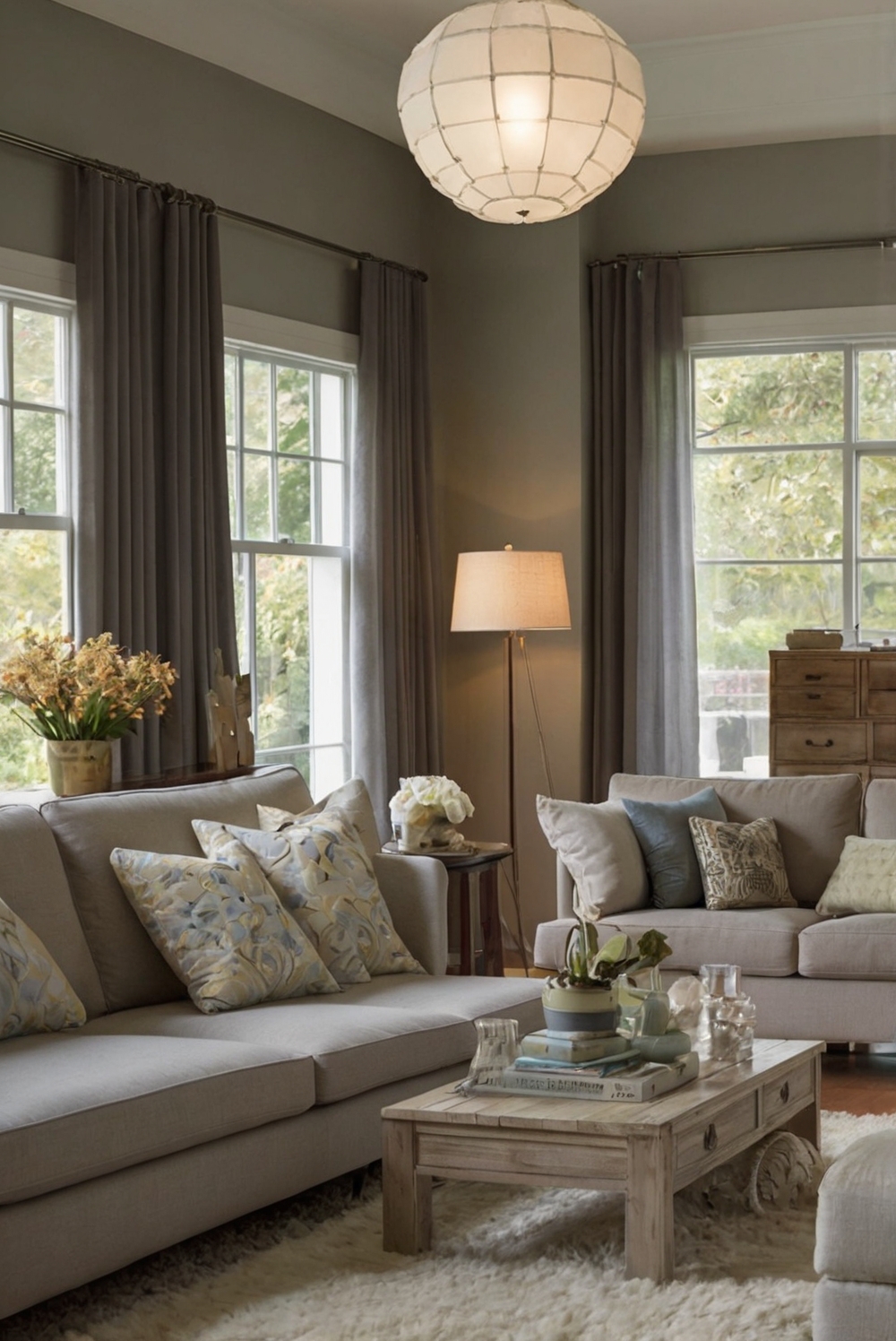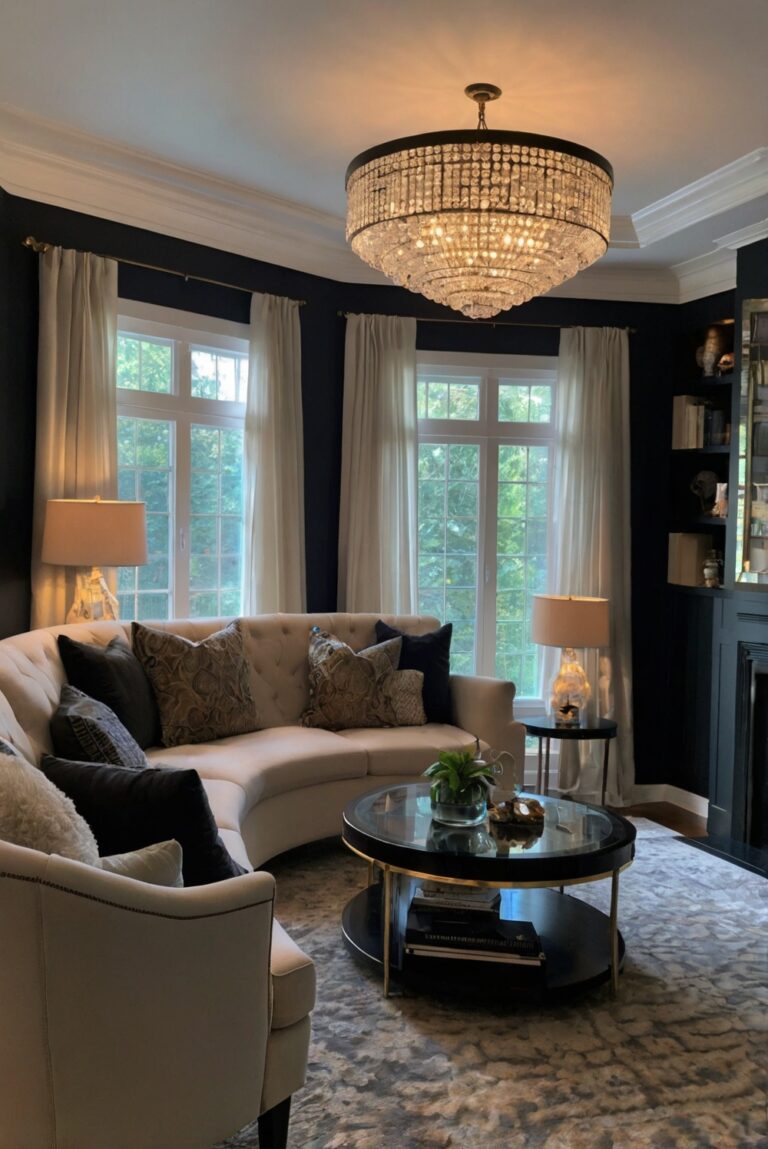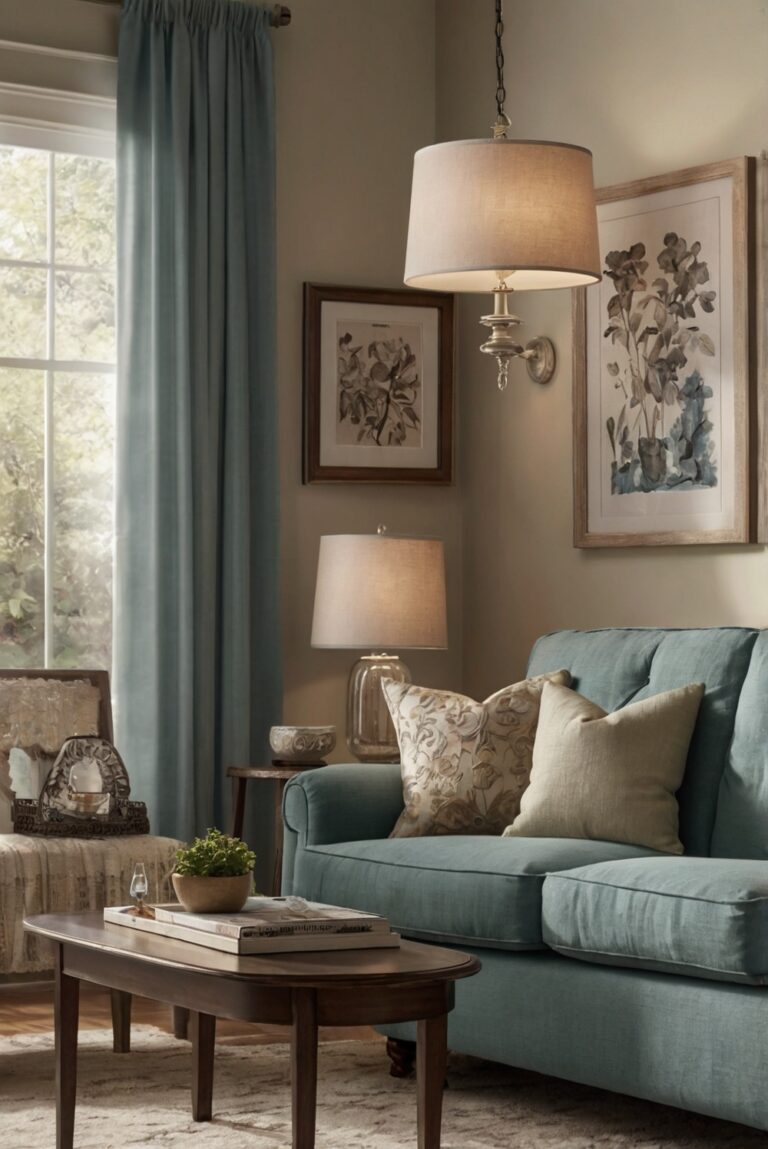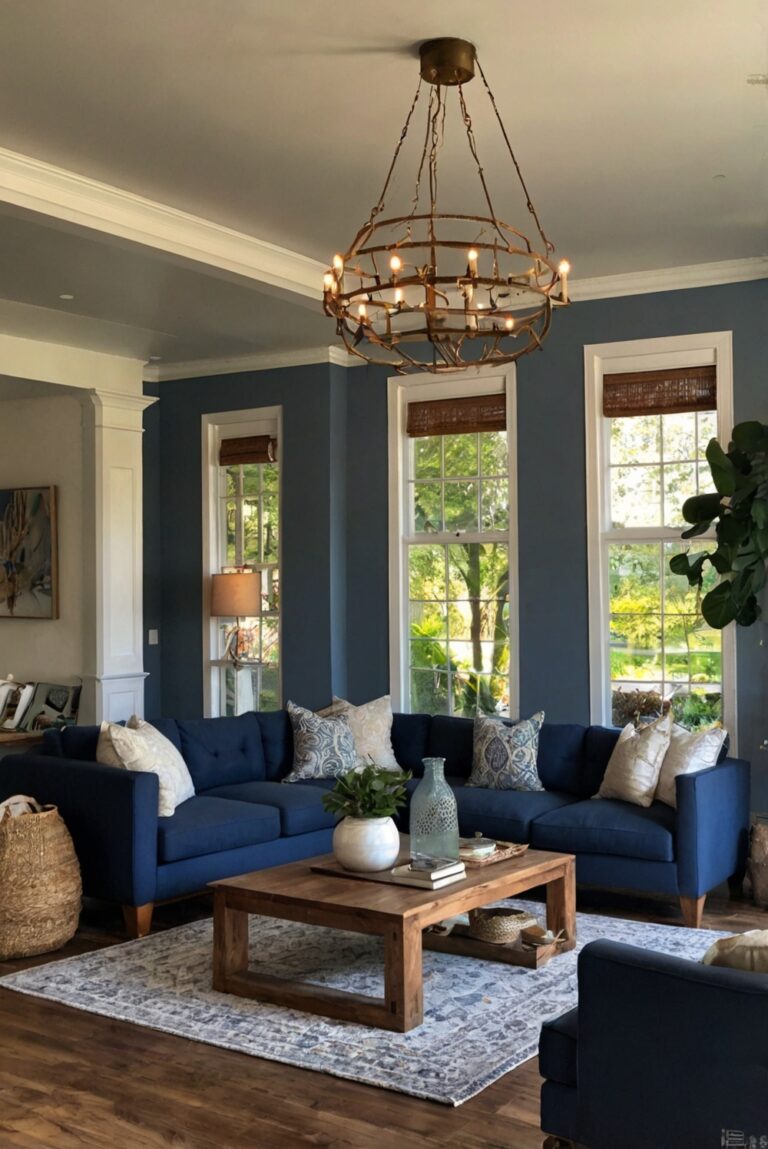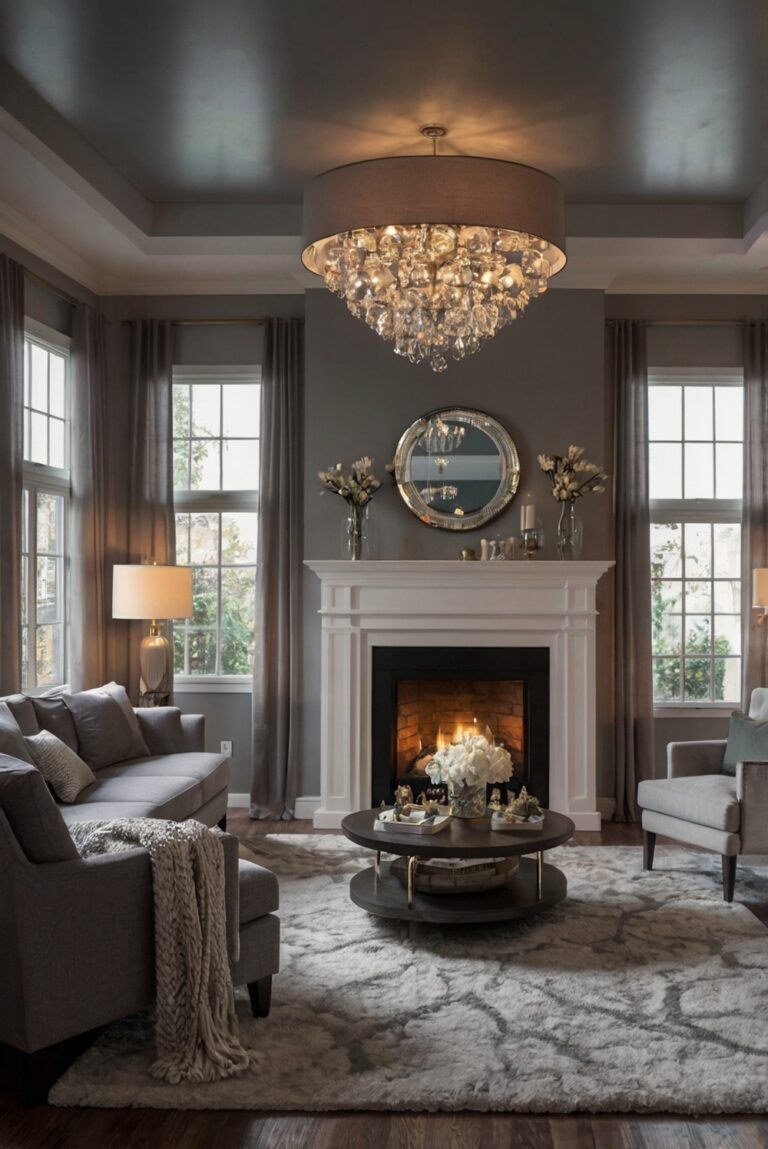Explore the latest energy-efficient lighting solutions for your living room in this daily interior designer routine, offering design ideas and decore inspiration.
**
What are some energy-efficient lighting options for the living room?
**
**
What are some energy-efficient lighting options for the living room?
**
In modern home decorating and interior design, choosing energy-efficient lighting options for the living room is crucial for both sustainability and cost-effectiveness. LED bulbs are a popular choice for their energy efficiency, long lifespan, and bright light output. Additionally, installing dimmer switches can help control the amount of light needed, reducing energy consumption. Natural lighting from windows or skylights can also be maximized to illuminate the space during daylight hours. When planning your home interior design, consider a combination of natural and LED lighting for a well-lit, energy-efficient living room.
When selecting lighting for your living room, ensure proper space planning to distribute light evenly. Consider the color temperature of the lights to match your interior design. Using primer paint for walls can enhance the reflected light and make the room appear brighter. Color matching painting can create a cohesive look, enhancing the overall aesthetic. By following these tips, you can achieve a beautifully lit living room while optimizing energy efficiency.
What are some energy-efficient lighting options for the living room?
When it comes to lighting your living room in an energy-efficient manner, there are several options that you can consider. By choosing the right lighting solutions, you can not only reduce your electricity bills but also create a more sustainable and eco-friendly living space.
LED Lights:
One of the most popular energy-efficient lighting options for the living room is LED lights. LED lights consume significantly less energy compared to traditional incandescent bulbs and last much longer. They are available in a variety of color temperatures and can be dimmable, allowing you to create the perfect ambiance in your living room.
Compact Fluorescent Lamps (CFLs):
CFLs are another energy-efficient lighting option that can be used in the living room. While they are not as efficient as LED lights, they still consume less energy than incandescent bulbs. CFLs come in different shapes and sizes, making them suitable for various lighting fixtures in your living room.
Smart Lighting Systems:
Smart lighting systems, such as those controlled by smart home devices, are a cutting-edge option for energy-efficient lighting in the living room. These systems allow you to customize your lighting settings, schedule on and off times, and even control your lights remotely. By optimizing your lighting usage, you can save energy and reduce your carbon footprint.
Conclusion
When it comes to choosing energy-efficient lighting options for your living room, LED lights, CFLs, and smart lighting systems are some of the top choices. By making the switch to these energy-efficient solutions, you can not only save money on your electricity bills but also contribute to a more sustainable environment. Consider the different options available and choose the ones that best fit your lighting needs and preferences.
1. LED Lights: One of the most energy-efficient lighting options for the living room is LED lights. LED lights use significantly less energy than traditional incandescent bulbs and last much longer, making them a cost-effective choice in the long run. They come in various styles and colors, allowing you to create the desired ambiance in your living room while saving on energy consumption.
2. CFL Bulbs: Compact fluorescent bulbs (CFLs) are another energy-efficient lighting option. Although they are not as energy-efficient as LEDs, they still use less energy than incandescent bulbs and are a more affordable alternative. CFLs are available in different wattages and color temperatures, making them versatile for various lighting needs in the living room.
3. Smart Lighting Systems: Installing smart lighting systems in your living room can help you save energy by allowing you to control the lights remotely and set schedules. Smart bulbs can be programmed to adjust brightness levels based on natural light conditions, occupancy, or time of day, further optimizing energy efficiency.
4. Natural Light: Maximizing natural light in your living room by strategically placing windows, skylights, or light tubes can reduce the need for artificial lighting during the day. Utilizing daylight harvesting techniques, such as using light-colored walls and reflective surfaces, can enhance the natural light in the room, reducing the reliance on energy-consuming light fixtures.
5. Dimmer Switches: Installing dimmer switches for your living room lights can help you adjust the brightness levels based on your needs and mood, thereby saving energy. Dimming the lights even by a small percentage can result in significant energy savings over time. Consider using dimmable LED bulbs for the best energy-efficient lighting option with dimmer switches.

